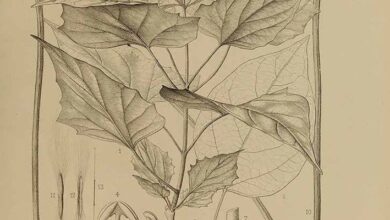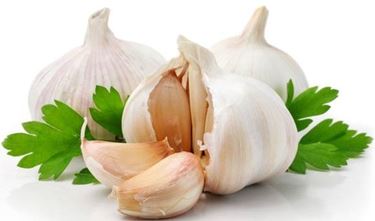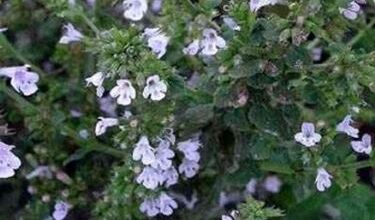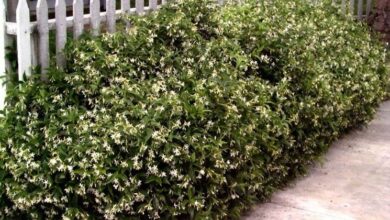Horsetail decoction
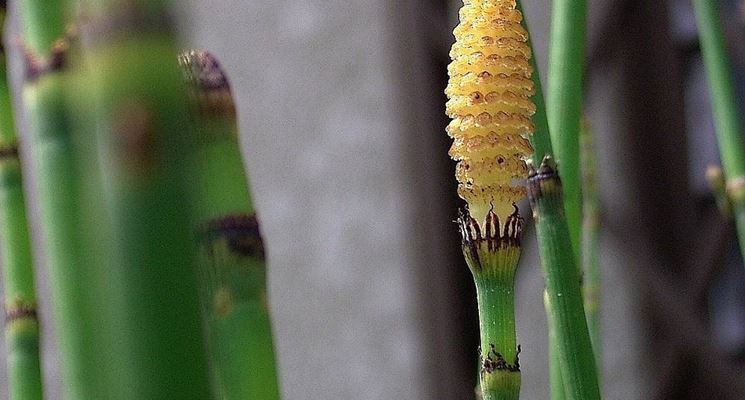
The decoction of horsetail or horsetail

The properties of the horsetail
The active ingredients of horsetail are different: silica, calcium, equisetonin (saponin), magnesium, potassium, flavone glycosides and small amounts of alkaloids and tannins. These minerals promote «bone metabolism» and the re-mineralization of bones, joints and hard tissues (nails and hair). In case of nail fragility, hair loss, alopecia, osteoporosis, skeletal growth of adolescents, osteoarthritis, after-effects of fractures, and tendonitis it is therefore advisable to take horsetail. Horsetail also has diuretic properties and is recommended for eliminating metabolic waste; it also acts as a capilloprotector because it has an astringent action on blood vessels. It also has healing properties that repair tissues. It is in fact used in cosmetics against stretch marks,
The decoction of horsetail in gardening
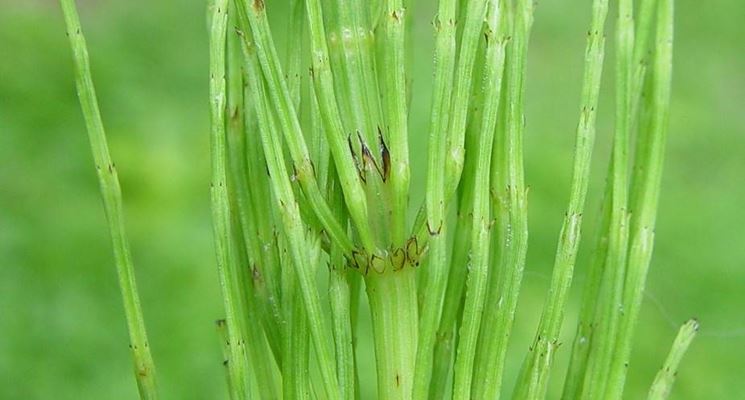
Horsetail can be used in macerates and decoctions which are very useful for strengthening plants, especially against fungal diseases. This is possible thanks to the silica and sulfuric salts that strengthen the cuticle of the leaves, protecting them from attacks by fungi (bad white, rust, gray mold), aphids, cochineal and red spider mites. Using these home-made or purchased plant pesticides is an ecological way to protect your garden and vegetable garden and safeguard the environment by avoiding chemicals. The whole horsetail plant is used without the roots: 1 kg of fresh plant or 150 g of dry plant every 10 liters of water. It can be used as an infusion or decoction. In the form of a decoction, the essence is left to soak in cold water for 24 hours, it is heated over low heat until boiling and left to boil for 20 minutes. Once the fire has been extinguished, the container is covered. The decoction is diluted in water in the ratio 1: 3 and added to the clay paste: if sprayed on the plants before planting them, it is effective against fungal diseases.
Horsetail decoction: Horsetail decoction as a disinfectant, healing and sedative
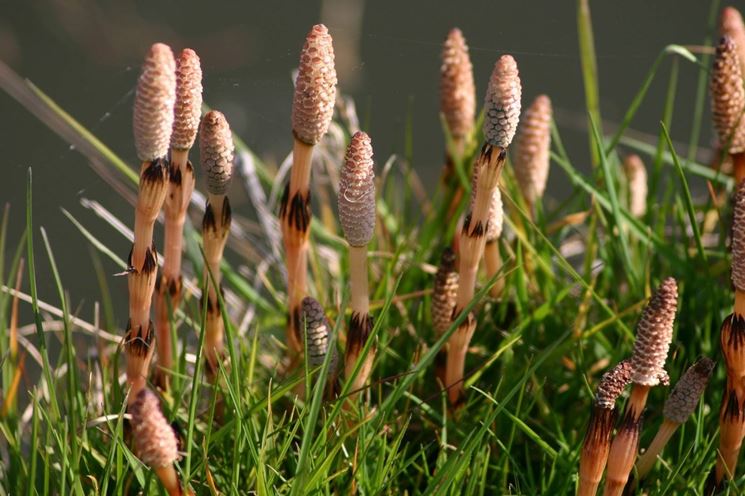
To prepare a decoction of Horsetail you need the following ingredients: 30 g of Horsetail, 30 g of corn stigmas, 30 g of bearberry leaves and 10 g of mint leaves. The horsetail decoction is prepared by boiling the ingredients for about 20-30 minutes in half a liter of water. Three cups a day are usually consumed. Horsetail has a haemostatic, healing, diuretic and remineralizing function: it is useful in case of bleeding such as epistaxis and blood vomiting; promotes the healing of fractures and fights bone demineralization in case of arthrosis. The use of horsetail is contraindicated in pregnancy and also during breastfeeding; it is also not recommended for those who undergo treatments with diuretic drugs. L’

